
Ready to take the first step on your journey to parenthood? Fill out our simple form now to connect with our team of experts. We're here to guide you through every detail of your IVF journey

Choosing us means opting for a trusted partner who understands your dreams and the challenges you may face in achieving them. Our commitment to providing exceptional IVF treatments, combined with our specialized understanding of the needs of Irish families, makes us the preferred choice for those embarking on their fertility journey.
Let us be a part of your story. Together, we can turn the dream of parenthood into reality. Contact us today to begin your journey with a team that cares deeply about bringing your future family to life.

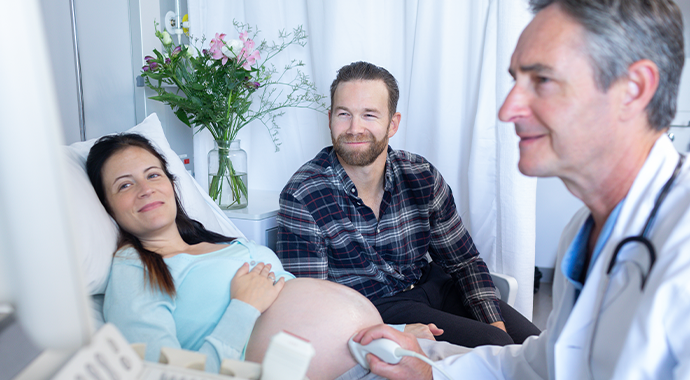
Starting on the 2nd or 3rd day of menstruation, a treatment such as oral tablets or subcutaneous special injections that provide egg development is given for 1-3 weeks and egg development is monitored intermittently by ultrasonography. When the size of the egg sacs, called follicles, is around 18-20mm on ultrasonography, a procedure is performed to ensure ovulation and ovulation is achieved, after about 34-36 hours, the sperm taken from the male partner in the andrology laboratory is washed through various processes, well-mobile sperms are selected and given to the woman's uterus under polyclinic conditions with the help of a cannula..
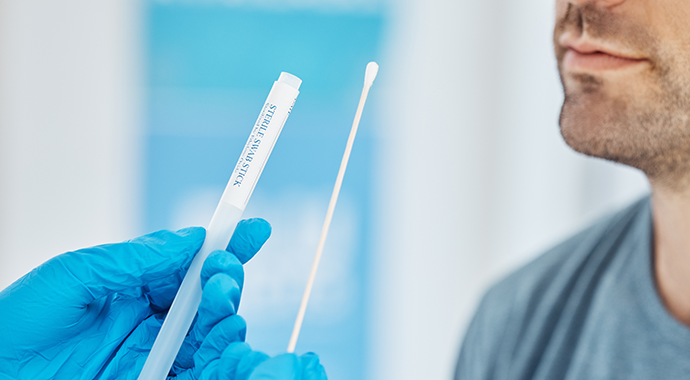
On average, one in 6 couples will have problems conceiving and will need professional support. For this purpose, they will have to undergo a number of tests. For these couples, it is very important to reach the correct diagnosis in order to achieve a successful outcome, to conceive and have a child.
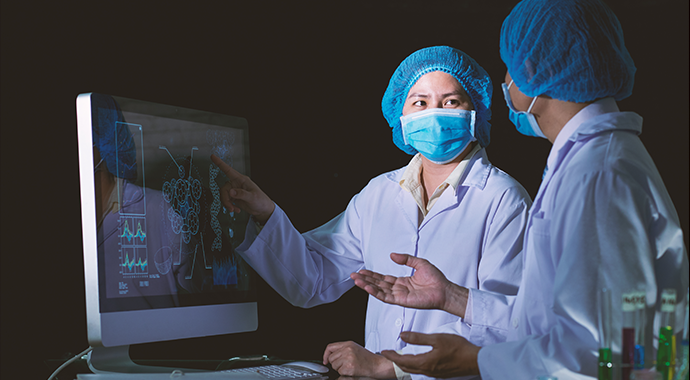
Laparoscopy, a modern and minimally invasive surgical technique, effectively diagnoses and treats infertility issues through small incisions, using cameras and instruments, avoiding the need for large open surgeries.
Hysteroscopy, a non-invasive procedure using a thin camera through the cervix to assess the uterus, allows patients to return to daily life immediately. It's vital for diagnosing and treating uterine conditions affecting pregnancy and significantly boosts IVF success.
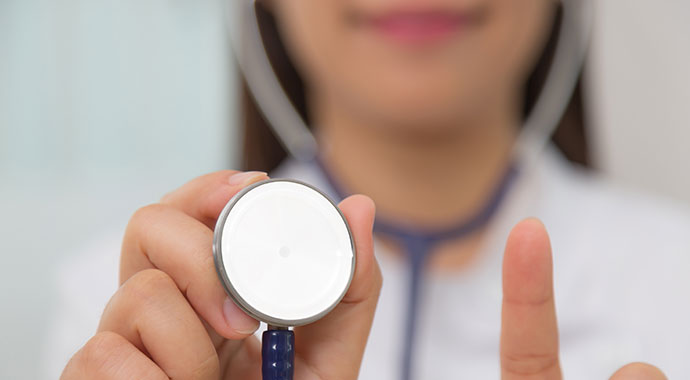
In couples struggling to conceive, it's crucial to evaluate both partners, with issues found in the male in up to half of cases. A sperm analysis is conducted via a sample from masturbation, recommended after 2-5 days of abstinence. Advanced sperm retrieval techniques include PESA (sperm extraction from the epididymis), TESA (sperm extraction from the testicles), and Micro-TESE (sperm extraction under microscope), all performed by our skilled andrologists, with the appropriate anesthesia for comfort.
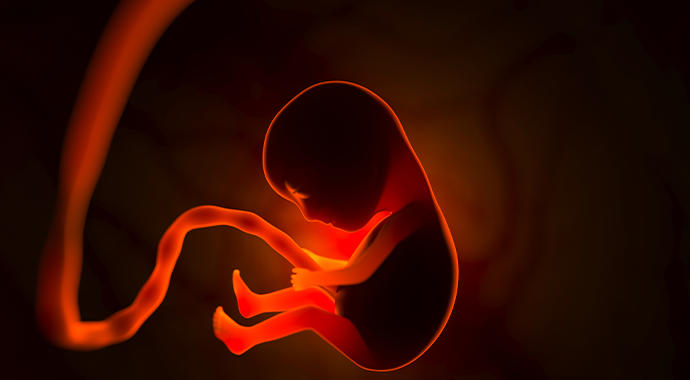
Elective Single Embryo Transfer (eSET) in IVF minimizes multiple pregnancy risks while maintaining pregnancy chances by transferring one high-quality embryo, allowing remaining embryos to be frozen for future attempts. This method is both cost-effective and safer for expectant mothers, supported by a strong freeze-thaw program.
Embryo grading in IVF involves daily assessment by embryologists from day 0 (oocyte collection) to day 6 to identify embryos with the highest developmental potential and pregnancy chances.
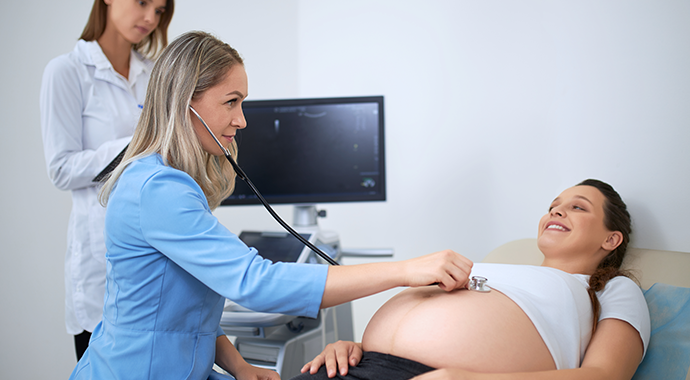
An alternative option for fertility preservation is embryo freezing. This method is more suitable for married women. Although successful results can be obtained with egg freezing, embryo freezing still has a higher pregnancy success rate. With IVF, eggs are retrieved, fertilized with sperm from the male and the high quality embryos are frozen for future implantation in the mother's uterus.
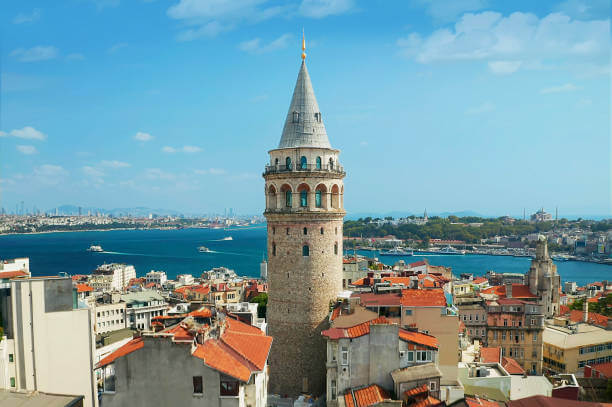
This ancient cistern, built to store water for the Byzantine palace complex, is an underground marvel located near the Hagia Sophia. With its dimly lit corridors supported by 336 marble columns, the cistern offers a mysterious and magical atmosphere, highlighted by the medusa head sculptures.
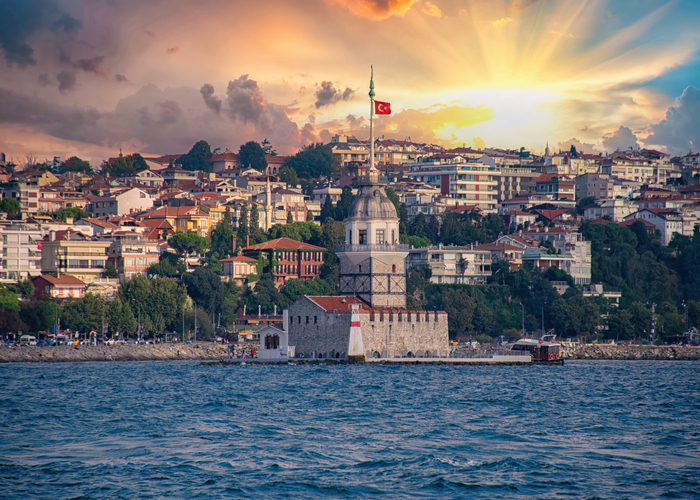
Perched on a small islet at the southern entrance of the Bosphorus, the Maiden's Tower is one of Istanbul's most iconic and romantic landmarks. With a history that spans over 2,500 years, this ancient tower has served various roles, from a medieval watchtower and lighthouse to a quarantine hospital. Today, it is a popular cultural and tourist spot, offering a unique restaurant and café with spectacular panoramic views of the city and the sea. The tower's legend-filled history and scenic location make it a perfect spot for a tranquil escape from the bustling city life. Visitors can enjoy a short boat ride to the islet, providing a refreshing perspective of Istanbul’s skyline and an intimate experience with one of its most enchanting attractions.
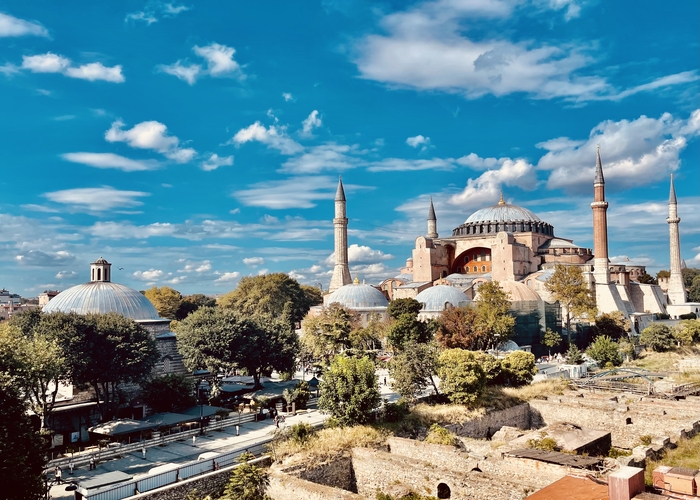
The Hagia Sophia is a breathtaking landmark in Istanbul, showcasing centuries of history. Originally built as a cathedral, it later served as a mosque and is now a museum. Its stunning architecture and beautiful mosaics make it a must-visit, encapsulating the cultural and religious fusion that characterizes Istanbul.
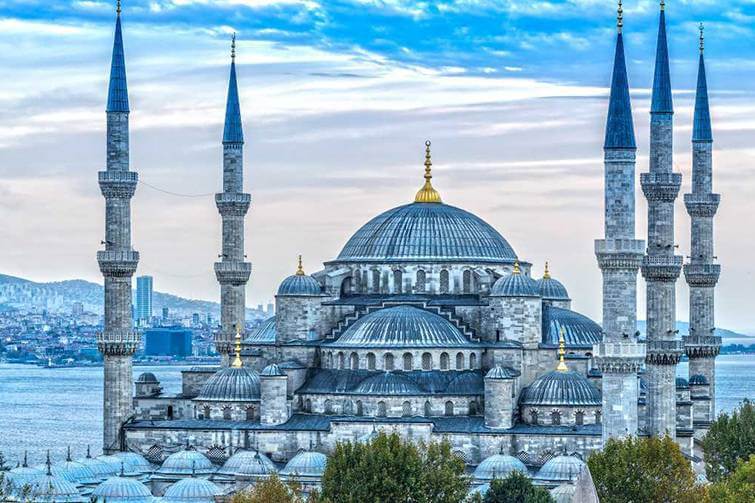
Known for its striking blue tiles that adorn its interior walls, the Blue Mosque stands as a masterpiece of Ottoman architecture. This still-functioning mosque offers not only a spiritual experience but also a journey into the artistic heritage of the empire.
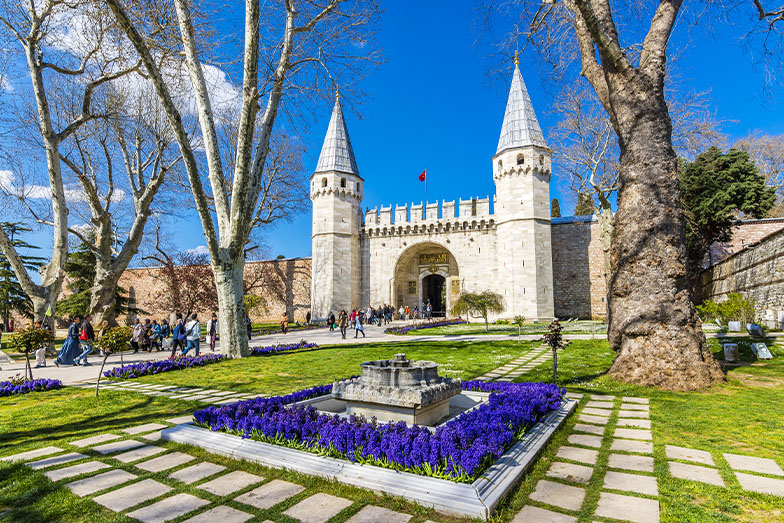
Once the court of the Ottoman Empire, Topkapi Palace is now a world-renowned museum. It offers visitors a chance to step into the opulent world of the sultans. Explore lavish courtyards, intricate Iznik tilework, and the treasury filled with imperial artifacts.

This ancient cistern, built to store water for the Byzantine palace complex, is an underground marvel located near the Hagia Sophia. With its dimly lit corridors supported by 336 marble columns, the cistern offers a mysterious and magical atmosphere, highlighted by the medusa head sculptures.
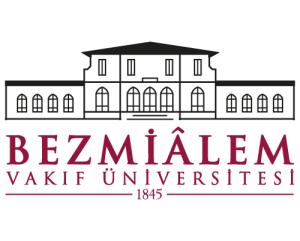
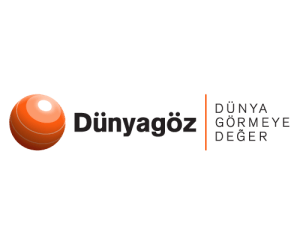
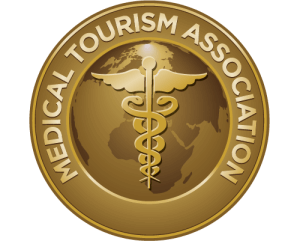



Patients say about us